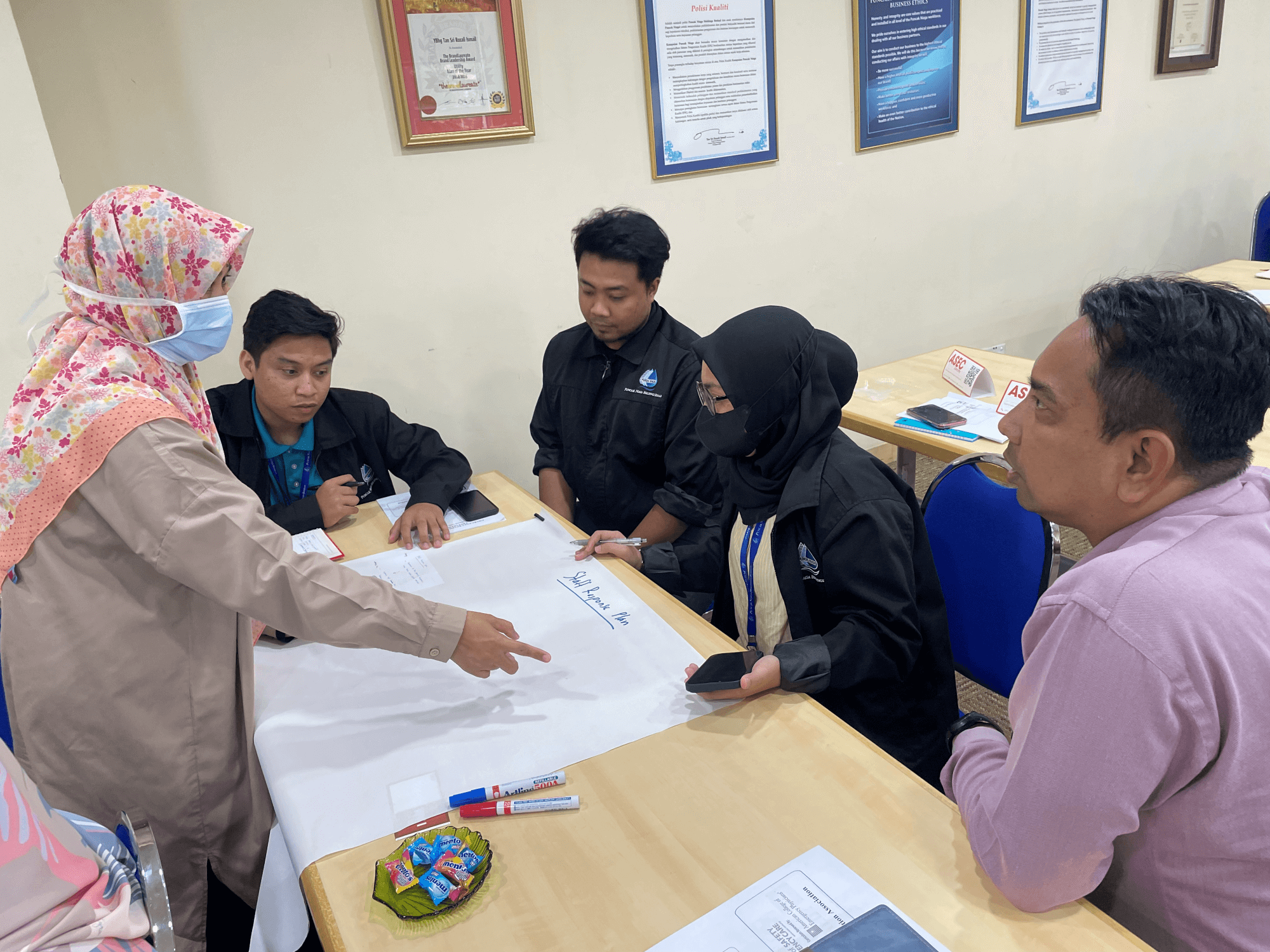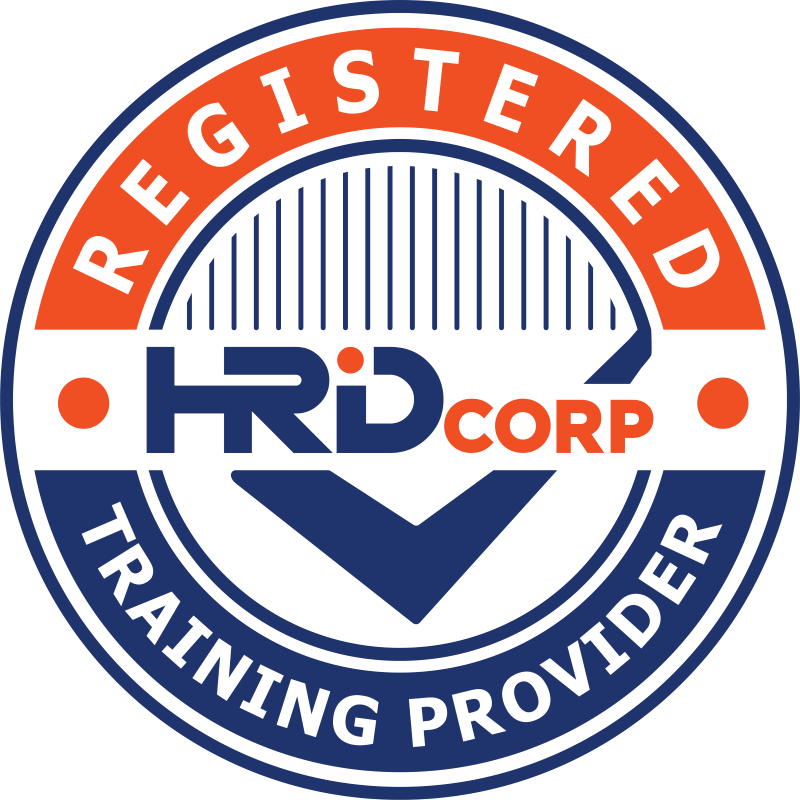An emergency response team (ERT) should not be just an organization chart edited from a template shared by other organizations. In actuality, the ERT does not have to be complex as long as it reflects the organization’s needs, rather than just looking good on paper. To ensure that the ERT appointed can efficiently carry out the emergency response plan in case of an incident, the ERT should be set up through proper planning to achieve the organization’s emergency response objectives while at the same time having sufficient resources to support the operation.
1. Identify potential threats in the workplace.
Not all workplaces possess the same safety risks and potential incidents, even though they are from the same organization or industry. For example, a beverage manufacturer can have an office and a production line within the same building. The potential incidents in an office and a production line would be vastly different, requiring different emergency response planning. Another beverage manufacturer can have only production lines in one building, but there are over 5,000 workers inside. A large number of people would require a different approach to emergency response.
Thus, before setting up an ERT, it is crucial to assess the emergency response needs of the workplace by examining criteria such as the type of workplace, activities carried out, number of people, and past incidents. Following the Guideline of Hazard Identification, Risk Assessment and Risk Control (HIRARC) designed by the Department of Occupational Safety and Health (DOSH) of Malaysia is a great way to lay out the hazards and risks of the workplace through a framework. Although the purpose of this guideline is to establish preventive measures, knowing the hazards and risks of your workplace allows you to plan for emergency response as well.
2. Analyze the need for an internal emergency response team to handle the potential incidents.
After knowing the safety risks and potential incidents in the workplace, the next decision would be whether or not to handle the potential incidents internally by an in-house ERT or externally through professional emergency service providers. There are a few factors to consider:
- The proximity of the workplace to the professional emergency service providers.
- The severity of incidents.
- Potential losses that could happen if help is not available immediately.
If the stake is high and professional help would take a long time to reach the workplace, having an ERT on site to keep the situation under control is critical.
In a workplace where an ERT is indeed needed, to what extent the ERT has to handle the situation needs to be decided. For example, during a fire incident, the ERT needs to know whether they are in charge only to contain the fire until the Bomba arrives or they have to tackle the fire offensively and rescue victims trapped in the fire. Thus, the job scope of the ERT can be laid out clearly for various incidents as per Job Performance Requirements (JPRs) set up by an organization. In return, the JPR will serve as the to-do list to be carried out by the ERT member as they understand the extent of their responsibilities.
3. Ensure the emergency response team members have the knowledge and skills to handle all levels of emergencies.
Even if an ERT member has prior experience in emergency response, they should attend training regularly according to the current JPRs. Hands-on simulations during training are helpful for the ERT to visualize how an incident could happen and the right approach to handle it, especially if they have not witnessed an actual incident.
Besides training, emergency response drills should be conducted consistently so that the ERT is proficient in the emergency response techniques and processes as planned. There is no one-size-fits-all in training. After identifying and prioritizing the crucial elements to be strengthened for the respective role, an integration of exercises or drills allows both ERT and general staff to familiarize themselves with the emergency response flow, and at the same time, ensures that the emergency response plan works.
——
Appointing the leaders and members of an ERT is just the first step in ensuring the emergency response preparedness of the workplace. The ERT should work out a functional emergency response plan for the workplace in different scenarios. Emergency response preparedness in the workplace is not a one-time task but a continuous effort of maintaining and enhancing the existing ERT and emergency response plans.


